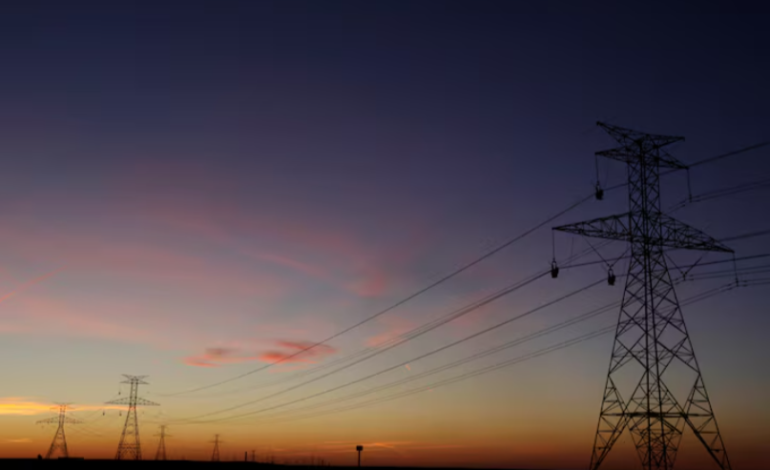The US Department of Energy (DOE) warned on Monday that power outages across the country could surge dramatically by the end of the decade if new, reliable energy capacity is not added to meet growing electricity demand, Reuters reports.
In a new report on grid reliability and security, the DOE said blackouts could become up to 100 times more frequent by 2030 if the US continues retiring dependable power plants without bringing sufficient replacements online. The report highlights a widening gap between power demand and supply, fueled in part by the rapid growth of artificial intelligence and the associated rise of electricity-intensive data centers.
The DOE projects that 209 gigawatts (GW) of new electricity generation is expected to be added by 2030. However, only 22 GW of that capacity will come from power sources capable of providing stable and continuous output—such as natural gas, nuclear, or hydropower—raising reliability concerns across several regions.
Meanwhile, approximately 104 GW of existing power plants are slated for retirement by the same year, many of which are considered firm sources of electricity. The report notes that delays in permitting and grid connection for replacement facilities are adding to the risk.
Energy analysts point to policy changes, including clean energy initiatives aimed at reducing carbon emissions, as contributing factors to the accelerated closure of traditional fossil fuel-based power plants. While such policies support the transition to renewable energy sources like wind and solar, those technologies are not yet able to provide uninterrupted electricity without sufficient storage or backup systems.
The department’s findings come amid broader warnings about grid stress, particularly during periods of extreme weather or peak demand. They also follow projections from the US Energy Information Administration (EIA) that overall electricity use in the country will hit record highs in both 2025 and 2026.
Grid operators and utility companies have echoed concerns about the reliability of the nation’s power infrastructure. As the pace of electrification accelerates—driven by everything from electric vehicles to industrial automation—the ability to maintain a consistent power supply is increasingly in the spotlight.










The latest news in your social feeds
Subscribe to our social media platforms to stay tuned